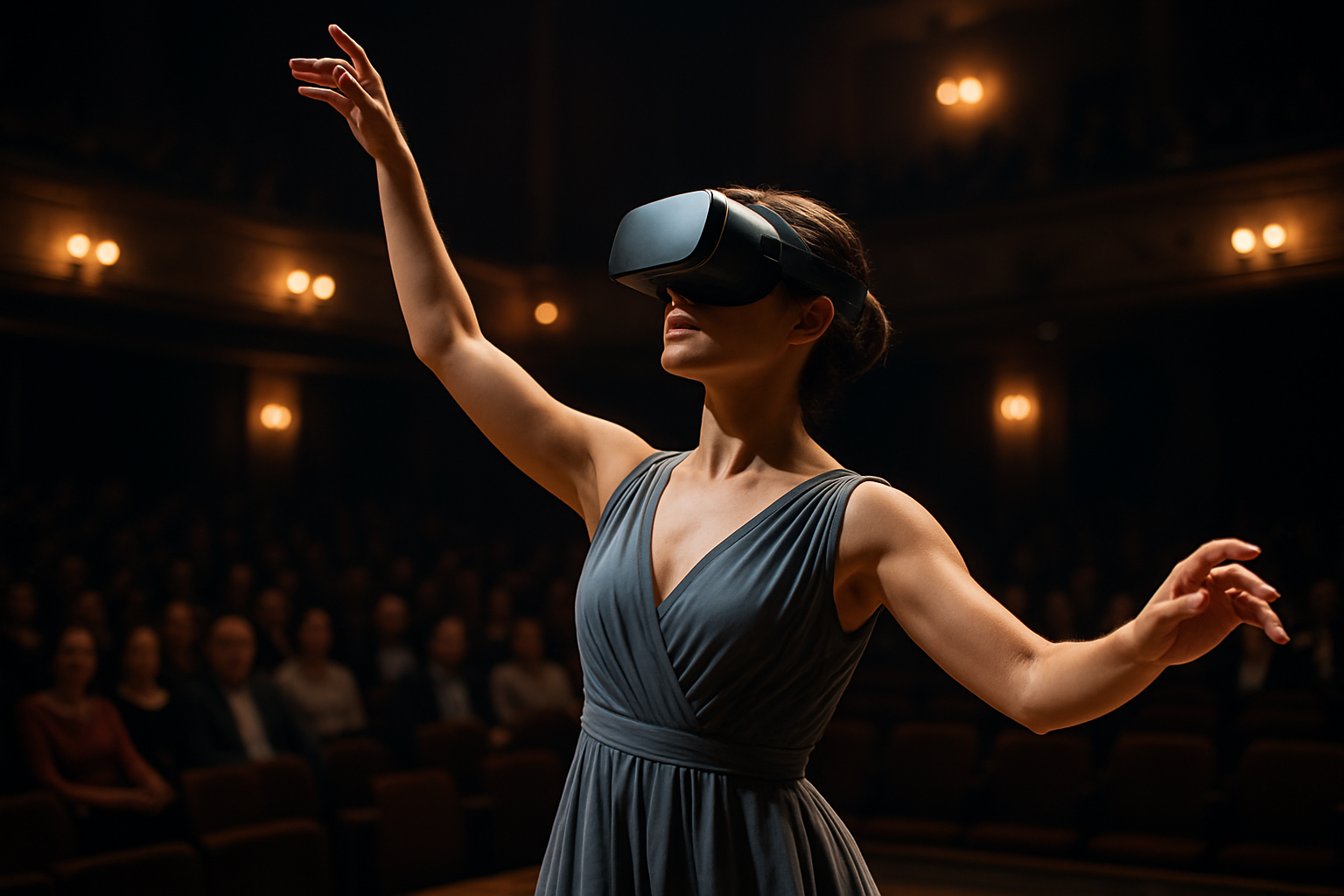Virtual Reality Theaters: The Next Stage of Immersive Cinema
In a world where technology constantly pushes the boundaries of entertainment, virtual reality theaters are emerging as the latest frontier in immersive cinema. This groundbreaking fusion of cutting-edge VR technology and traditional movie-going experiences is redefining how audiences engage with films. As major studios and independent creators alike explore the possibilities of this medium, virtual reality theaters are poised to revolutionize the landscape of cinematic storytelling.

Technological Advancements Paving the Way
The recent surge in virtual reality theaters can be attributed to significant technological advancements in VR hardware and software. High-resolution displays, improved motion tracking, and more comfortable headsets have made extended VR experiences more feasible and enjoyable for audiences. Additionally, innovations in rendering techniques and 3D audio have enhanced the overall immersive quality of VR content, allowing filmmakers to create more compelling and realistic virtual environments.
The Virtual Reality Theater Experience
Unlike traditional cinema, virtual reality theaters offer a deeply personalized and immersive viewing experience. Audiences don individual VR headsets, which transport them into the heart of the film’s world. Instead of watching events unfold on a distant screen, viewers find themselves surrounded by the story, able to look in any direction and interact with the environment to varying degrees. This level of immersion creates a profound sense of presence, blurring the line between observer and participant.
Challenges and Opportunities for Filmmakers
Creating content for virtual reality theaters presents unique challenges and opportunities for filmmakers. Traditional cinematography techniques must be reimagined to accommodate the 360-degree field of view, requiring new approaches to framing, lighting, and camera movement. Directors must also grapple with the question of how to guide the viewer’s attention in an environment where they have complete freedom to look anywhere. However, these challenges also open up exciting possibilities for storytelling, allowing for multi-layered narratives and interactive elements that were previously impossible in traditional film.
The Impact on Movie Theater Design
The introduction of virtual reality theaters is prompting a reimagining of movie theater architecture and design. Traditional rows of seats are being replaced with swivel chairs or even standing areas to accommodate the full range of motion required for VR experiences. Some theaters are experimenting with haptic feedback systems and environmental effects to further enhance immersion. These changes represent a significant shift in how we conceive of the communal movie-watching experience, balancing individual immersion with the shared aspect of cinema.
Content Creation and Distribution
As virtual reality theaters gain traction, a new ecosystem of content creation and distribution is emerging. Major film studios are investing in VR divisions, while independent creators are finding new avenues for expression in this medium. Specialized VR film festivals and online platforms dedicated to VR content are proliferating, providing channels for filmmakers to showcase their work. This burgeoning industry is attracting talent from diverse backgrounds, including traditional filmmaking, game development, and interactive design, fostering a unique blend of creativity and technical innovation.
The Future of Virtual Reality Cinema
While still in its early stages, virtual reality cinema shows tremendous potential for growth and innovation. As technology continues to advance and become more accessible, we can expect to see an increase in both the quantity and quality of VR film experiences. The line between cinema and interactive entertainment may continue to blur, leading to new hybrid forms of storytelling that challenge our current definitions of film. However, questions remain about the long-term viability and mass appeal of virtual reality theaters, as well as their potential impact on traditional cinema.
In conclusion, virtual reality theaters represent a bold step into the future of cinematic experiences. By offering unprecedented levels of immersion and interactivity, they are challenging filmmakers to rethink the art of storytelling and audiences to engage with films in entirely new ways. As this technology evolves and becomes more widespread, it has the potential to transform not just how we watch movies, but how we experience stories altogether. The coming years will be crucial in determining whether virtual reality theaters become a niche curiosity or a fundamental shift in the landscape of entertainment.





